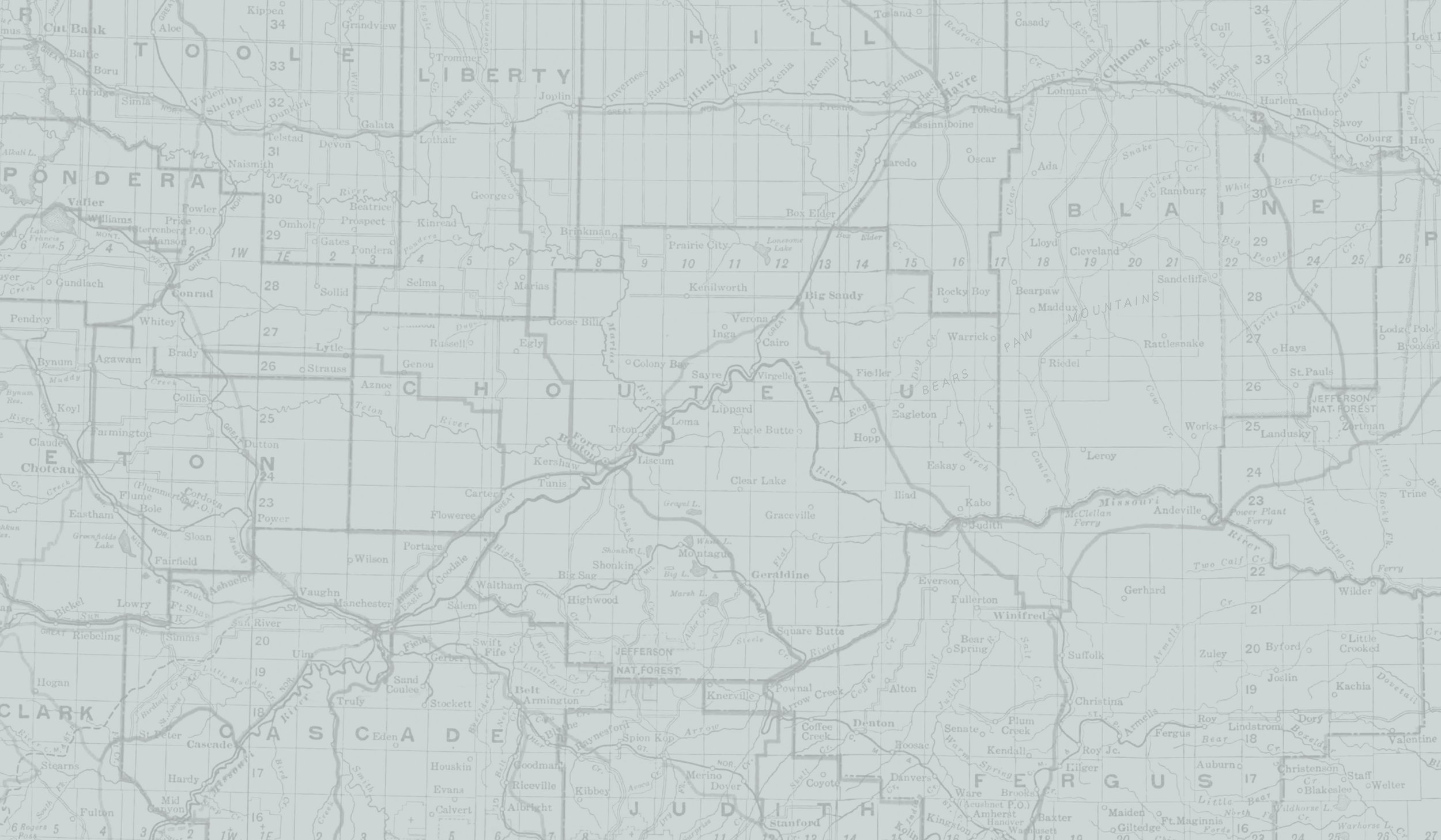

Montana Hoops is not simply a photo essay about basketball hoops.
It started out that way, but the project grew into a narrative about rural Montana. It’s a story about small town spirit, lonely dirt roads, fading mascots, heartbreaking rivalries and ever-present hope all bundled into one very American symbol:
THE BASKETBALL HOOP.

Two rural Montana road trips.
This project is the result of two long road trips I took with my brother into the prairie towns that make up the majority of a vast and beautiful state. A dangling string left hanging on a beloved net, waving in the wind like Montana hospitality itself, leads us on a journey through Montana Wheatland and onto the Hi-Line where kids play basketball together late into purple-pink evenings.
Many of these towns are smaller now and absent of young people as the agricultural dream is reluctant to pass to the next generation. But there is no shortage of hope and spirit as you will see in the hand-painted messages on grain bins: Go Pioneers!
There are also signs of heartbreak and some of hope. The message painted on a main street building reminding kids they have much to live for. And in Judith Gap (with humor), 'Smile it could be worse'. I will take you into Tribal Lands and you will see the amazing spirit of Rez Ball. I will show you what is, in my opinion, the best of Montana.

The photos were taken the summer of 2020...
During an unforgettable time of stress, illness and economic collapse in our country. They show how these issues reached all the way to the prairie towns of Montana and how these rural communities coped with grit, tenacity and humor.

Photo Exhibit Premier & Fundraiser
WARREN MILLER PERFORMING ARTS CENTER
MARCH 17, 2022, 6:30-8:00
Doors Open: 6:30 PM
Presentation: 7:15 PM
Film Screening: 7:30 PM, ‘Say Her Name’
'Say Her Name', a short film about Missing and Murdered Indigenous Women in Montana.We have raised over $20,000 to support Missing and Murdered Indigenous Women in Montana.
Watch the Replay⤴RELIVE THE EXHIBIT
“With a singular focus on one photographic subject, [Jessie] told a story that metaphorically worked on many levels and went beyond just pictures of basketball hoops. It was intimate, personal, artful, and most of all, authentic. I value authenticity most, and that is what really stood out for me. [She] spoke with authority and a sense of humor, paired with an eye for the larger subject matter of [her] project that was both sympathetic and curious.”
Rich Addicks, former Atlanta Journal-Constitution staff photographer

Missing & Murdered Indigenous Women in Montana
On New Years Eve in 2019, a beautiful basketball player for the Hardin Bulldogs disappeared after a night out with friends in Big Horn County. Her body was found half-hidden in sagebrush a month later only a mile from the rest stop where she was last seen. Investigators called it death by exposure and an accident. Selena’s family does not agree.
Selena’s story was in the forefront of my travels as the reality of what was happening to Native American girls and women in Montana began to unfold during the summer of 2020 after Selena’s disappearance. At last, people began taking notice (although most of the uproar was taking place only on the Reservations by family members of missing girls).
Selena’s case is a terrible example of what Native girls face. Three times more likely to experience sexual violence than white women, Natvie teens live with the fear and knowledge that they may not live to be a legal adult. Homicide is the fourth leading cause of death with Native women under twenty.
A sociologist at UCLA, Desi Rodriguez-Lonebear has been a leader in gathering statistics and drawing attention to murdered and missing indigenous women since Selena’s death. She explains that the sheer number of missing and murdered native women suggests an epidemic, but there isn’t a data set to confirm the cases. Issues due to jurisdiction of tribal lands and location of where the women go missing or their bodies are found confuses the numbers.
Rodriguez-Lonebear asks the startling question: “Why is it we are more likely to be raped or murdered than it is that we will go to college?”
Selena Not Afraid was the age I am now when her body was found in frozen sage brush.
Native women are more likely to be raped or murdered than they are likely to go to college.
“Wow. Jessie Bough's Hoops Project inspires me to connect with real Montana. The photos are a window into the reality of living in a rural community and on the reservations. Her passion for helping Missing and Murdered Indigenous Women is contagious."
Gus Hammond,
Lone Peak High School student

The Montana Hoops Project came out of my passions for basketball and rural Montana. I hope this project will build a bridge between Big Sky and rural Montana. I am also hoping to shed light on a horrific epidemic happening in our state, that of Missing and Murdered Indigenous Women.
Lone peak high school class of 2023“My hope is that these photos and stories lead you into the spirit of rural Montana.”
























